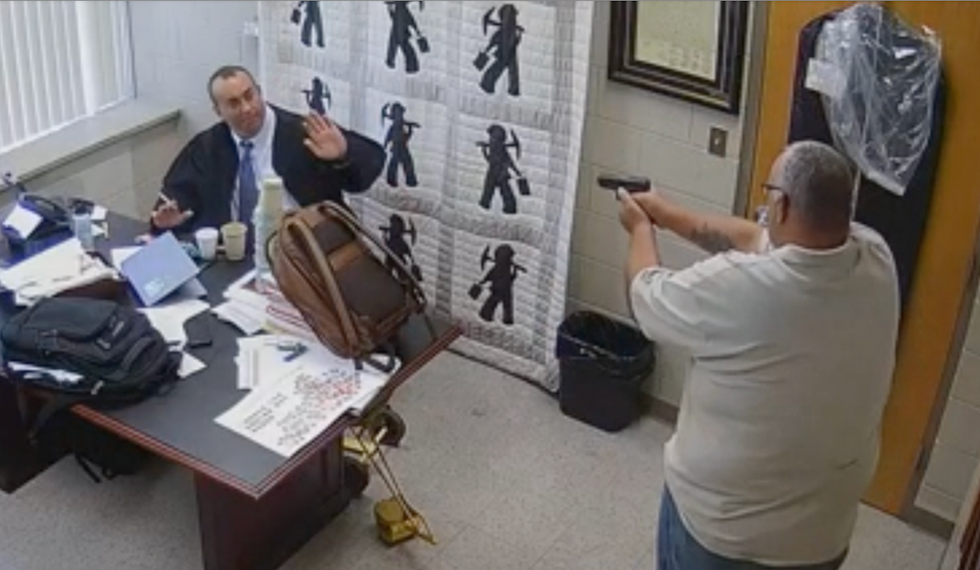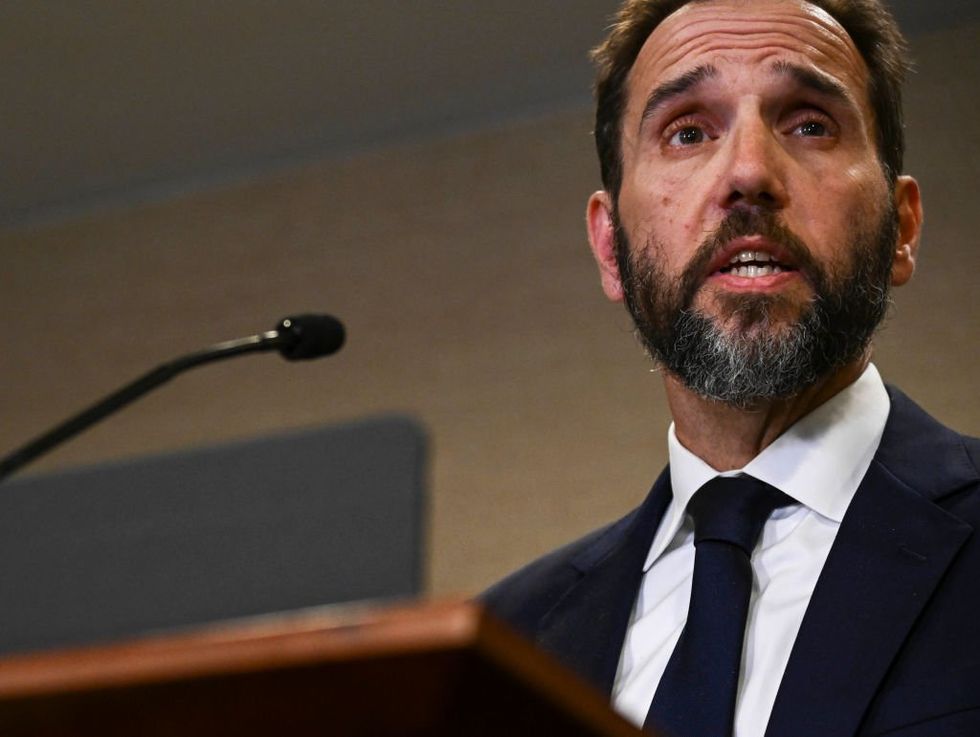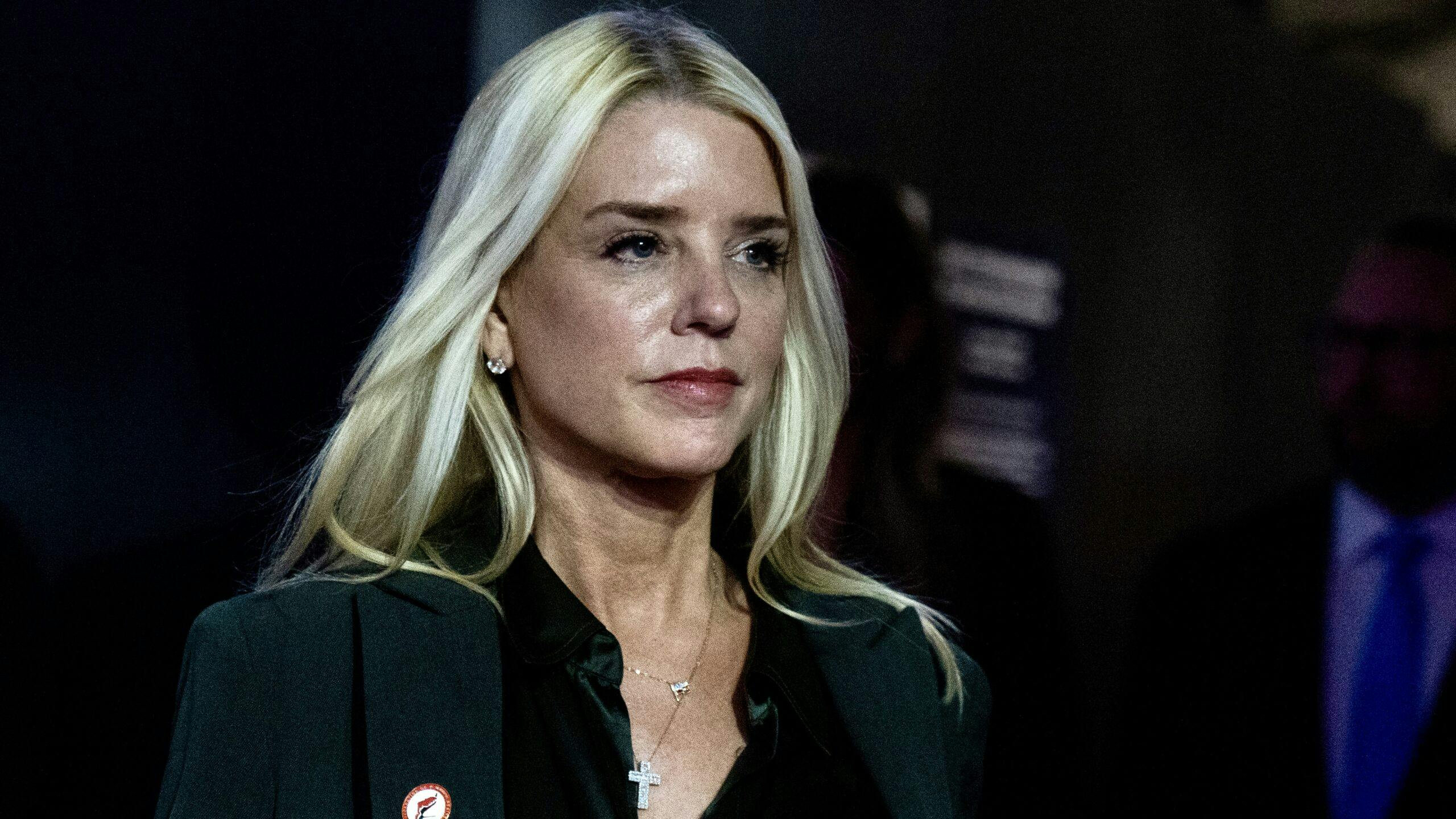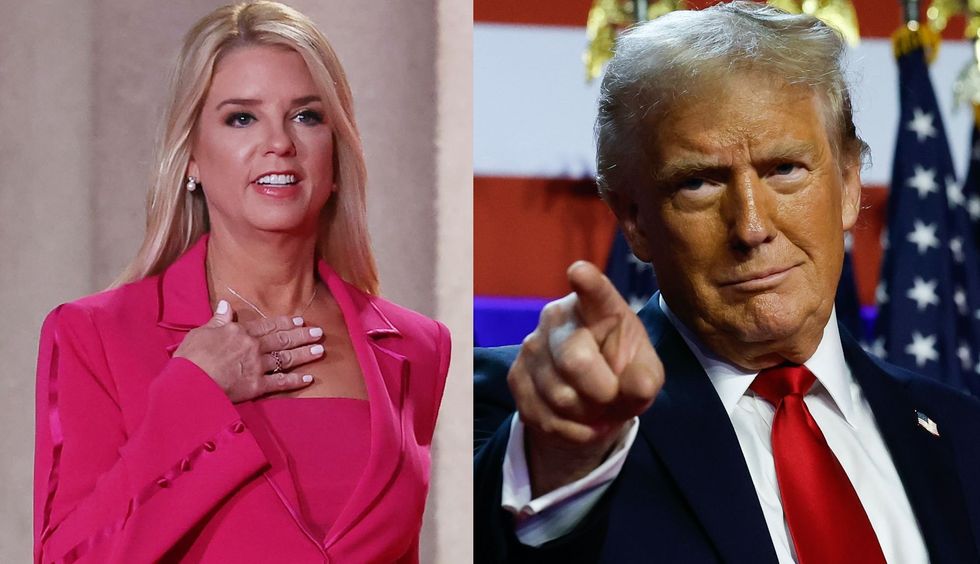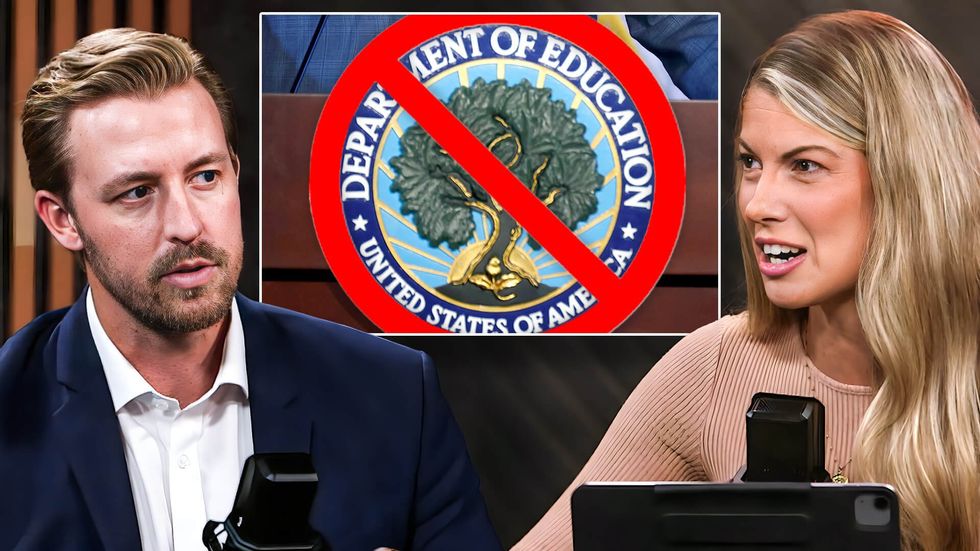A nanny's unthinkable crime and the end of America
Artist R. Kikuo Johnson's recent New Yorker cover tells no lies: Affluent American white women do frequently pay other, non-white women to look after their children. And these women are often mothers themselves, sending the money they make back home to the Caribbean or the Philippines or Latin America to support children they rarely, if ever, see. What 'lesson,' if any, can we take from the savage murders of these two children? The Krim family's nightmarish ordeal is not a 'systemic' outcome but a singular, irreducible horror. Any young professional in a left-leaning city like New York or Los Angeles (in other words, the typical New Yorker reader) is well aware of this awkward, vaguely shame-inducing reality. It is what it is. Not much you can do about it if you want to keep your reliable and affordable child care. Blanca's choice We've been living with this contradiction for a while now. A decade ago, the Economic Hardship Reporting Project asked "Who Takes Care of the Nanny's Kids?", offering a glimpse of Manhattan caregiver life that pairs perfectly with Johnson's illustration. Author Alissa Quart's primary focus is on the struggles of an immigrant from Paraguay named Blanca. Raised in extreme poverty, she often went hungry as a child and began working at the age of 8. Despite this, she managed to earn a nursing degree and a job that paid enough to support herself and her mother. But then she had her son, Guido. It was for his sake she realized she needed to leave her family behind and take her chances in America. Quart is very skilled at depicting the cruel irony of this sacrifice. She notes the obviously maternal pride Blanca takes in the 2-year-old she looks after, "a chubby toddler with thick little legs" about the same age Guido was when she left him ten years ago. It's poignant but also a bit patronizing. Quart clearly assumes her subject's suffering is inevitable, and in her rush to make us agree, she glosses over any choice Blanca might have had in the matter. Blanca's grueling, seven-day work weeks fund a solid if precarious middle-class life for her son at home, but Quart paints her as a helpless victim rather than a rational economic actor. Even if this is so, just who is at fault? Certainly not the leadership of Paraguay, even though Blanca repeatedly tells Quart, "Where I am from, there is no middle [class].” On the contrary, the onus is on America to fix the problem. Americans, after all, are the ones demanding all the child care. And what of the specific Americans who employ Blanca? Quart doesn't quite accuse them of exploiting her, but she's not eager to credit them with offering her opportunity, either. We never hear from any of these parents in Quart's article, any more than we see any of them on the New Yorker cover. 'YT' people Our culture's pervasive obsession with "white supremacy" and "white privilege" makes it easy enough to to fill in the blanks. As one X account replied to the New Yorker's post: WOMEN of color taking care of yt pples kids while trying help their families & put their own kids through college. I’m guessing those kids mama is at a yoga class somewhere & dad is on a “business trip” w his assistant/mistress. If patience for this kind of rhetoric is dwindling lately, it's because more and more people are starting to notice that those who cry white privilege invariably exhibit a toxic self-regard of their own — something we might call non-white entitlement. Non-white entitlement undermines social cohesion every bit as much as straight-up racism. It poisons our conversations about crime, immigration, and education. And on occasion it has added deadly tension to the already fraught relationship between mother and foreign-born caregiver. An unspeakable crime Before she slit 2-year-old Leo Krim's throat and stabbed his 6-year-old sister Lulu more than 20 times, Yoselyn Ortega had a story very much like Blanca's. One of seven children born to a grocer and his wife in the Dominican Republic, Ortega started working at her father's store at age 7. As a young adult she emigrated to America, as did most of her siblings. Like Blanca, she left behind a son to whom she sent money. But Ortega differed from Blanca in important ways as well. She'd suffered from bouts of depression since she was a teenager, and as an adult she found it difficult to find her footing in her adopted country. She bounced from apartment to apartment in New York, often staying with family and friends, and worked a variety of factory jobs. When Kevin and Marina Krim offered the then 49-year-old Ortega a job looking after their two children (Marina was pregnant with their third) in 2010, it promised some much-needed financial stability. By all accounts, Ortega was a doting caregiver and a reliable employee. The Krims, in turn, did their best to treat her well. When her teenaged son Jesus Frias moved to New York and enrolled in an expensive private school, they offered
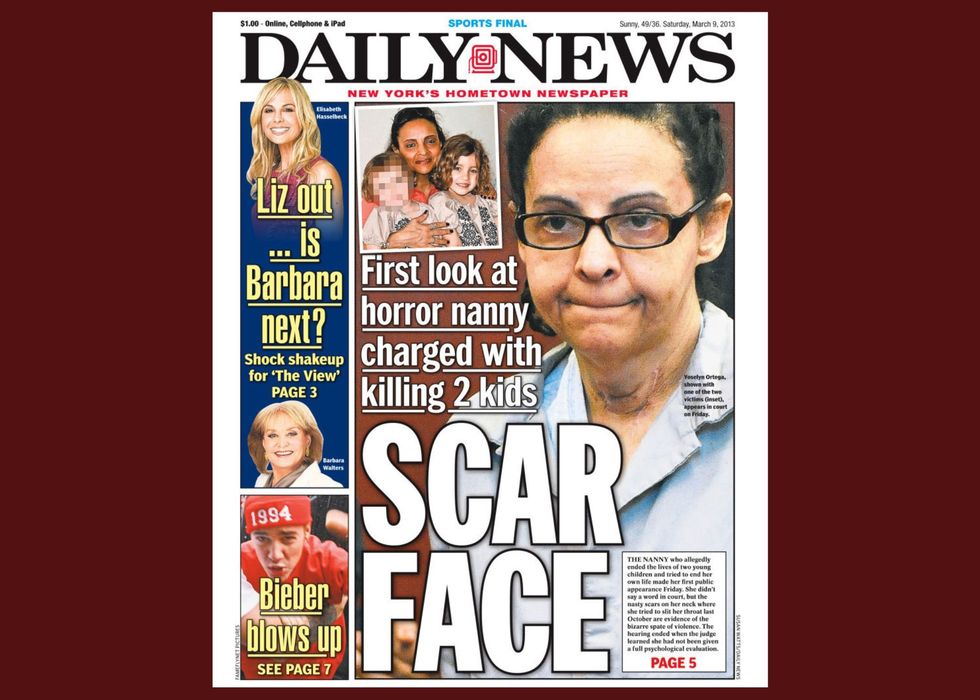

Artist R. Kikuo Johnson's recent New Yorker cover tells no lies: Affluent American white women do frequently pay other, non-white women to look after their children.
And these women are often mothers themselves, sending the money they make back home to the Caribbean or the Philippines or Latin America to support children they rarely, if ever, see.
What 'lesson,' if any, can we take from the savage murders of these two children? The Krim family's nightmarish ordeal is not a 'systemic' outcome but a singular, irreducible horror.
Any young professional in a left-leaning city like New York or Los Angeles (in other words, the typical New Yorker reader) is well aware of this awkward, vaguely shame-inducing reality.
It is what it is. Not much you can do about it if you want to keep your reliable and affordable child care.
Blanca's choice
We've been living with this contradiction for a while now. A decade ago, the Economic Hardship Reporting Project asked "Who Takes Care of the Nanny's Kids?", offering a glimpse of Manhattan caregiver life that pairs perfectly with Johnson's illustration.
Author Alissa Quart's primary focus is on the struggles of an immigrant from Paraguay named Blanca. Raised in extreme poverty, she often went hungry as a child and began working at the age of 8. Despite this, she managed to earn a nursing degree and a job that paid enough to support herself and her mother.
But then she had her son, Guido. It was for his sake she realized she needed to leave her family behind and take her chances in America.
Quart is very skilled at depicting the cruel irony of this sacrifice. She notes the obviously maternal pride Blanca takes in the 2-year-old she looks after, "a chubby toddler with thick little legs" about the same age Guido was when she left him ten years ago.
It's poignant but also a bit patronizing. Quart clearly assumes her subject's suffering is inevitable, and in her rush to make us agree, she glosses over any choice Blanca might have had in the matter. Blanca's grueling, seven-day work weeks fund a solid if precarious middle-class life for her son at home, but Quart paints her as a helpless victim rather than a rational economic actor.
Even if this is so, just who is at fault? Certainly not the leadership of Paraguay, even though Blanca repeatedly tells Quart, "Where I am from, there is no middle [class].”
On the contrary, the onus is on America to fix the problem. Americans, after all, are the ones demanding all the child care.
And what of the specific Americans who employ Blanca? Quart doesn't quite accuse them of exploiting her, but she's not eager to credit them with offering her opportunity, either. We never hear from any of these parents in Quart's article, any more than we see any of them on the New Yorker cover.
'YT' people
Our culture's pervasive obsession with "white supremacy" and "white privilege" makes it easy enough to to fill in the blanks. As one X account replied to the New Yorker's post:
WOMEN of color taking care of yt pples kids while trying help their families & put their own kids through college. I’m guessing those kids mama is at a yoga class somewhere & dad is on a “business trip” w his assistant/mistress.
If patience for this kind of rhetoric is dwindling lately, it's because more and more people are starting to notice that those who cry white privilege invariably exhibit a toxic self-regard of their own — something we might call non-white entitlement.
Non-white entitlement undermines social cohesion every bit as much as straight-up racism. It poisons our conversations about crime, immigration, and education.
And on occasion it has added deadly tension to the already fraught relationship between mother and foreign-born caregiver.
An unspeakable crime
Before she slit 2-year-old Leo Krim's throat and stabbed his 6-year-old sister Lulu more than 20 times, Yoselyn Ortega had a story very much like Blanca's.
One of seven children born to a grocer and his wife in the Dominican Republic, Ortega started working at her father's store at age 7. As a young adult she emigrated to America, as did most of her siblings. Like Blanca, she left behind a son to whom she sent money.
But Ortega differed from Blanca in important ways as well. She'd suffered from bouts of depression since she was a teenager, and as an adult she found it difficult to find her footing in her adopted country.
She bounced from apartment to apartment in New York, often staying with family and friends, and worked a variety of factory jobs. When Kevin and Marina Krim offered the then 49-year-old Ortega a job looking after their two children (Marina was pregnant with their third) in 2010, it promised some much-needed financial stability.
By all accounts, Ortega was a doting caregiver and a reliable employee. The Krims, in turn, did their best to treat her well. When her teenaged son Jesus Frias moved to New York and enrolled in an expensive private school, they offered Ortega extra cleaning work to deal with the financial strain.
They also paid for Ortega to return to the Dominican Republic on two occasions to deal with family emergencies and offered part-time work to Frias and to Ortega's sister Daisy.
And yet by fall of 2012, Ortega began to change, becoming sullen and resentful.
On the evening of October 25, Marina Krim returned to her Upper West Side apartment with her 3-year-old daughter, Nessie, who had had a swim lesson just blocks away. Ortega, who had Leo and Lulu, had failed to show up with them at Lulu's ballet lesson earlier that day
Marina entered the dark apartment, calling her children's names and heading toward a sliver of light coming from the bathroom door.
There she saw unspeakable horror: the bloodied, savaged bodies of Leo and Lucia in the bathtub, their nanny sitting on the floor next to it, still holding the kitchen knife she'd used to slaughter them. When Nessie began to scream, Ortega locked eyes with Krim and began to slash her own wrists and stab herself in the neck.
Conspiracy of deception
At her trial, the defense argued that Ortega was insane, bolstered by her friends' and family's testimony that she had suffered from hallucinations of a demonic "black man."
While Ortega would later complain about her mental illness to defense psychiatrists, in the immediate aftermath of her crime, she seemed to indicate more prosaic motivations. Rendered temporarily mute by her self-inflicted wounds, Ortega nonetheless managed to communicate her grievances about the Krims with an alphabet board: "I had to do everything and take care of the kids," she mouthed.
The attack seemed to be premeditated; Ortega had assembled various documents and family mementos and left them for her sister at their shared apartment that morning.
Prosecutors also wondered why no person close to Ortega thought to notify her employers about this allegedly alarming behavior. Moreover, none of them mentioned these hallucinations until months after the killings. When asked why she didn't bring up Ortega's erratic behavior during initial police interviews, her neighbor Jennifer Renoso said, “I didn’t want to be involved in any of this. I was pregnant; I had my own problems.”
A similar conspiracy of deception is what brought Ortega and the Krims together in the first place.
Ortega's sister Cecilia was caring for a child who attended preschool with Lucia Krim. She approached Marina Krim, then well into her third pregnancy, and asked her if she was looking for a nanny. She recommended Yoselyn.
When Krim asked Yoselyn for references, she gave her the names of two women who turned out to be her nieces. One of them, Yaquelin Severino, emailed Krim an effusive letter detailing the two years Ortega had looked after her toddler son; when asked how she knew Yoselyn, Severino said she had been referred by another nanny.
But it was all lies. Ortega had no child-care experience; in fact, family testified that the responsibility of taking care of Frias after so many years apart put a lot of emotional strain on her. Severino had no children at the time; for her "son" she used the name of her husband.
No remorse
Marina Krim did not spare Ortega's enablers in the statement she made at her former nanny's sentencing hearing in May 2018:
Any shred of dignity the defendant’s family had after the murders has been destroyed. Over the last five and a half years, the defendant has not showed an ounce of remorse. Not a single one of her family members has ever reached out to my family to say, “I’m sorry for your loss.” Communication between people has never been easier, yet we have heard nothing from this family. No letter. No email. Nothing. Not a single one of them has said — I'm sorry.
Ortega was given life in prison without parole. She, along with those who testified on her behalf, has faded into obscurity.
The Krims have had two more children and run a charitable foundation in honor of Leo and Lulu.
What "lesson," if any, can we take from the murders of these two children? The Krim family's nightmarish ordeal is not a "systemic" outcome but a singular, irreducible horror.
And yet the New Yorker cover — with the jeering comments about "white mothers" it seemed to inspire — couldn't help but remind some of us of poor Marina Krim, who made the terrible mistake of entrusting her children to the wrong stranger.
She was acutely aware that her nanny, too, had a child of her own, and seems to have done her best to empathize and help when she could. And wasn't she helping simply by offering her a job?
A mother's sacrifice
The young man in the cap and gown on the New Yorker cover has vindicated his mother's sacrifices. So too has Jesus Frias. At the time of the trial, he was also on the brink of adulthood, about to graduate college and applying to medical schools. When testifying, he exuded the confidence of a young man with a bright future, smiling at the jury and seeming to enjoy the spotlight. He went on to pursue a Ph.D. in biology and has recently started a post-doctoral position researching treatments for muscular dystrophy.
Maybe it was just callow youth or an unwillingness to face the truth that led him to refer to his mother's crime as an "accident." But it's hard not to see in this callousness a little of the dismissive, mocking anger that today greets any attempts to speak of American citizenship as a privilege that must be earned.
What do they owe any of us, we who so obviously have more? Why should they believe our pearl-clutching over "culture" and "shared values" is anything more than a cynical excuse to pull the ladder up after us?
This kind of thinking makes sense, given that many Americans themselves think of citizenship as membership in a kind of economic opportunity zone for self-styled citizens of the world.
These days, America is less an ideal than it is a vast collection of resources. So who are the original exploiters to complain about being exploited a little in return?
Fair enough. But a more troubling question remains: Can America and all it still has to offer survive when its people no longer consider themselves Americans? We may get our answer sooner than we expect.
Originally Published at Daily Wire, World Net Daily, or The Blaze
What's Your Reaction?















